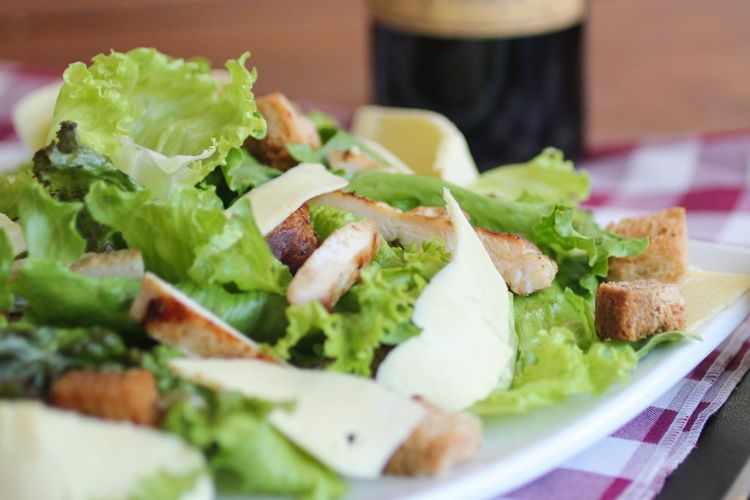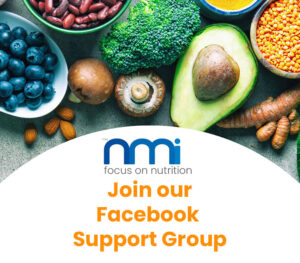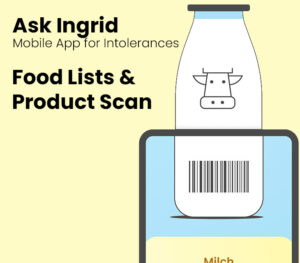Letzte Aktualisierung am 8. December 2023 von Dr. Michael Zechmann-Khreis
The most important measure for histamine intolerance is to consume as little histamine as possible in the diet.
There are a few simple basic rules that you should follow:
- Avoid canned or ready-made products
- Avoid overripe foods (old cheese, fermented products, old fish, …)
- Histamine contents can change! They depend on the state of ripeness and hygiene of the food.
- Avoid alcohol
- Always point out histamine intolerance before seeking medical treatment. Especially for operations under anesthesia.
- Always have an emergency kit with you (should be prescribed by the doctor; contents could be diamine oxidase, antihistamines, asthma spray, …)
- Certain medications should be avoided (please discuss this with your doctor!)
- Always eat food straight from the fridge, do not take it out beforehand and let it warm up! The fresher, the better!
You should generally avoid these foods:
- Alcoholic beverages
- Hard cheese or well-ripened cheese
- Salami
- Nuts
- Tomatoes
- Citrus fruits (sometimes well tolerated)
- Fish (unless it is very fresh)
- Tuna (not well tolerated even when fresh)
- Seafood (mussels, crabs, …)
- Spinach
- Sauerkraut
- Strawberries
- and much more.
You can find a more detailed list here and individual tables in our free app “Ask Ingrid”.
App helps with the histamine intolerance diet
We have developed an app for those affected. It can be used for many intolerances and combinations of intolerances. Food is evaluated here according to scientific criteria. There is also a community rating so that you can see how other sufferers tolerate certain products. The app is called “Ask Ingrid” and is available free of charge for iOS and Android.

Tips for a low histamine diet
- Always cook fresh and always use fresh food
- Avoid long storage times.
- Always store food in the refrigerator at below 7°C
- Additives (glutamate, benzoate, sulphites, …) trigger histamine production. Avoid these additives.
- Young cheeses (cream cheese, young Gouda, butter cheese) are better tolerated than well-aged cheeses
- Yeast is histamine-free, but it converts histidine into histamine when the dough is left to rise. Yeast-free breads are therefore better tolerated.
- Lamb’s lettuce, fennel, cucumber, chicken, pumpkin and rice are examples of well-tolerated foods. And they are the ingredients of a delicious lunch! You can find histamine-free recipes on mitohnekochen.com or in our blog.
Sources and others
1) Maintz L, Noval N: Histamine and histamine intolerance. American Journal of Clinical Nutrition 2007
2) Jarisch, R.“Histaminunverträglichkeit“, Thieme Verlag TB 2nd edition


